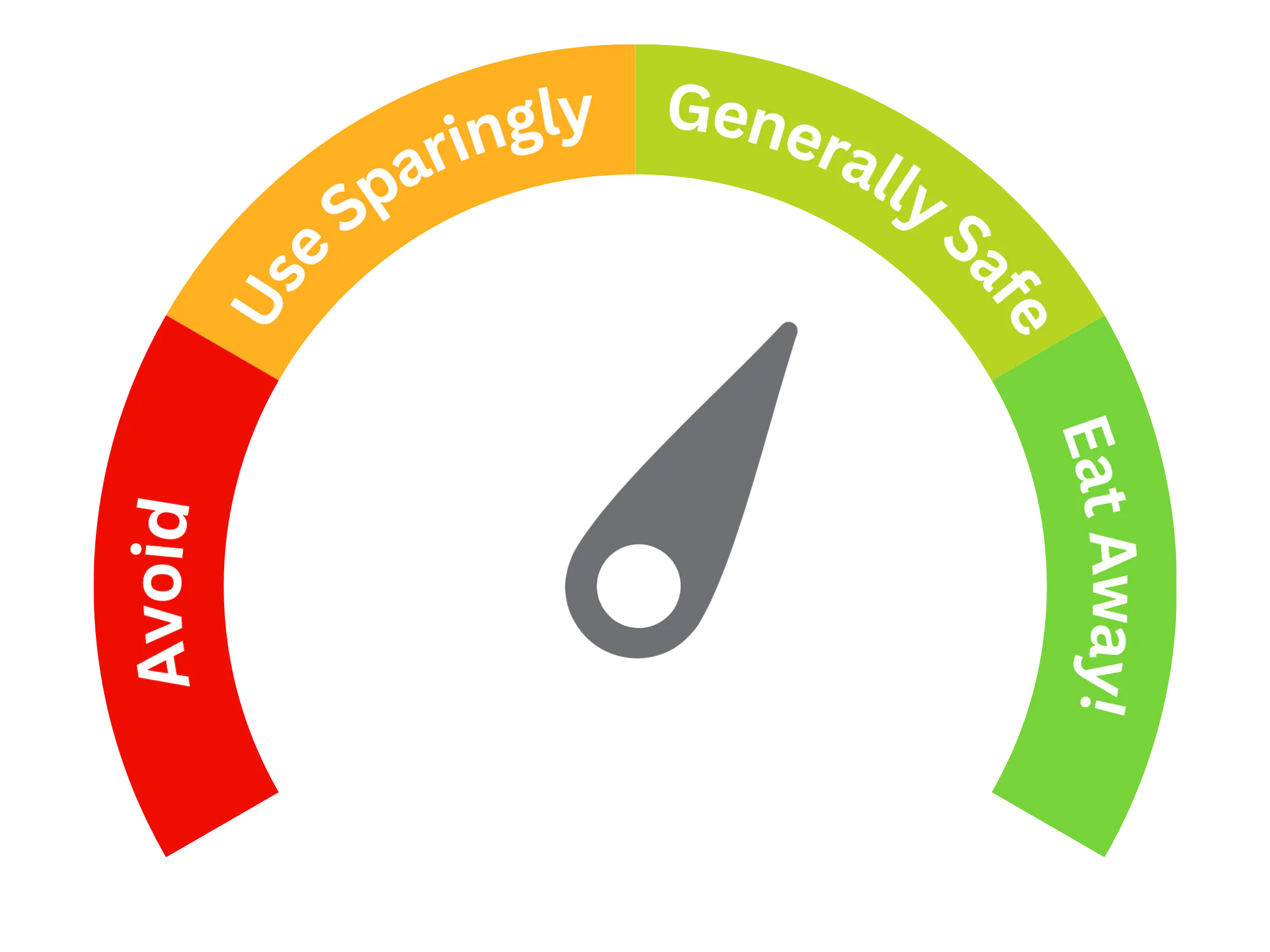Locust Bean Gum (E410)
| Type of additive (Glossary) | Gelling Agents Thickeners |
| E Number | E410 |
| Also Known As | LBG Carob gum Carob bean gum Carobin |

Purpose and Function
Locust bean gum, derived from the seeds of the carob tree, is used in food applications for its thickening and stabilizing properties:
- Thickening Agent: Locust bean gum effectively thickens various food products, including sauces, ice creams, and soups, improving texture and mouthfeel.
- Stabilizer: It helps stabilize emulsions in products like salad dressings and dairy items, preventing separation and ensuring uniformity.
- Gelling Agent: In combination with other gelling agents, LBG can contribute to the formation of gels, making it suitable for use in desserts and confections.
- Dietary Fiber Source: As a soluble fiber, it can contribute to dietary fiber intake, promoting digestive health and providing a feeling of fullness.
Potential Risks and Side Effects
Locust bean gum is generally safe for consumption, but some points to consider include:
- Gastrointestinal Issues: Some individuals may experience gastrointestinal discomfort, such as bloating or gas, particularly if they are not accustomed to consuming high-fiber foods.
- Allergic Reactions: While rare, allergic reactions to locust bean gum can occur, especially in individuals with sensitivities to legumes. Symptoms may include skin irritation or gastrointestinal distress.
- Interactions with Medications: There is potential for locust bean gum to affect the absorption of certain medications, similar to other thickening agents. Consulting with a healthcare provider is advisable when consuming alongside medications.
